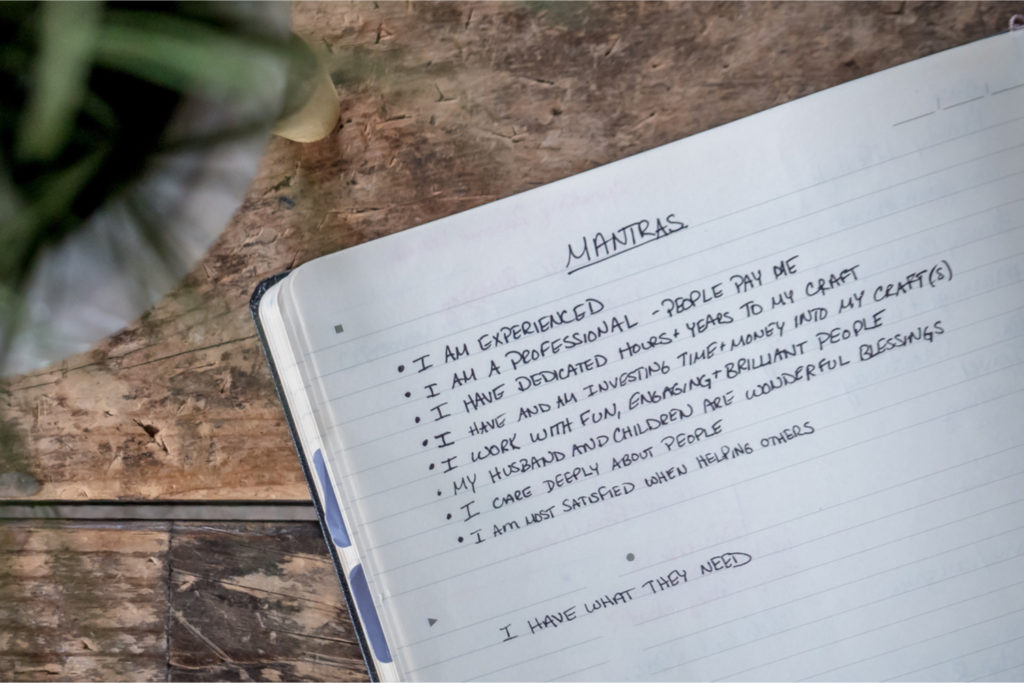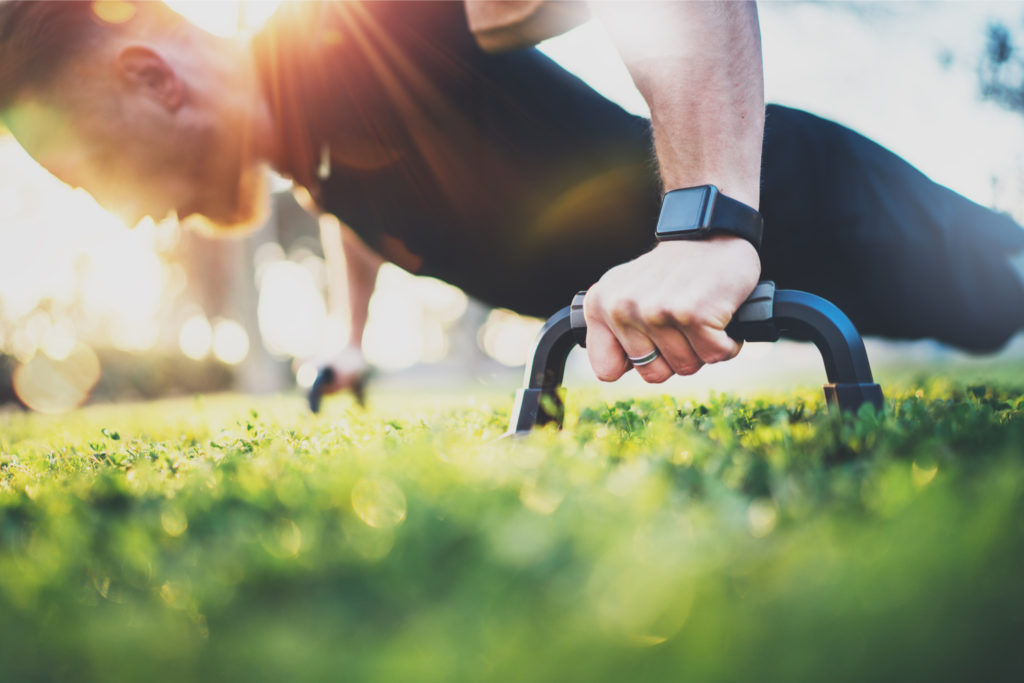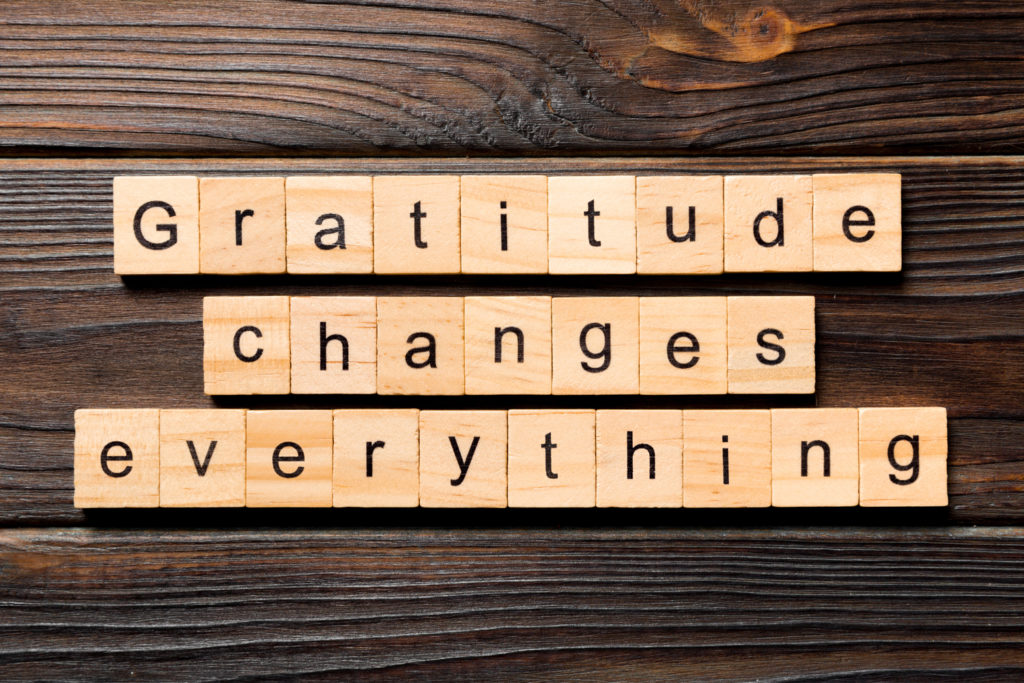Last year people struggled with more than just the pandemic. With millions feeling the fallout from back-and-forth lockdowns, economic uncertainty, and a lack of social connection, it’s no wonder 40% of Americans reported symptoms of anxiety or depressive disorder – a 30% rise from two years ago.
The good news is a little movement can go a long way when it comes to your mental health. Among its lengthy list of benefits, exercise has been proven to be just as effective as taking antidepressants in treating depression and anxiety.
Odds are you already know exercise is good for you. The perks of working out have been well documented. But, if you’ve been in a slump lately, and you need an extra push to get you going here’s a little motivation to get you there.
- Sleep Like An Angel
- Aerobic exercise decreases insomnia, and has a similar affect to sleeping pills.
- Build Swole Stress-Muscles
- Consistent exercise builds resilience against anxious thoughts and emotion.
- Chill Out Like You’re Taking CBD
- Recent studies have discovered that exercising regularly releases cannabis-like chemicals in your brain.
- Lengthen Your Lifespan
- 30 minutes of exercise a day can add 7 years to your lifespan.
The downsides of an inactive lifestyle? It’s not pretty. Heightened risk of heart disease, stroke, type 2 diabetes, high blood pressure, and cancer. The good news is it doesn’t have to be intense, gasping-for-air exercise to benefit your mental health. You can practice a variety of activities that positively stimulate your endorphins, relieve stress, and reduce depression. All you have to do is move.
Morning M.O.V.E.
- Mindset Mantras
- Outdoor Training
- Visualize: The Thankful Three
- Exercise For Endorphins
Meet me at the front of your mat

A powerful technique used by everyone from Navy SEALS, recovering addicts, world-class athletes, and masters of meditations is the mantra. Put simply, a mantra is phrase that can be used to calm your mind, relieve stress, and empower your emotional strength.
Wait…I thought we were talking about exercise…? What’s words got to do with it?
Andrew Newberg, M.D. and Mark Robert Waldman — authors of the book, “Words Can Change Your Brain” — put it this way: “a single word has the power to influence the expression of genes that regulate physical and emotional stress.”
For example, when Olympian and American marathon runner Desiree Linden is hitting a wall she says to herself, “Calm, calm, calm. Relax, relax, relax”. It allows her to withstand pain and recalibrate her mind and emotions. If all this COVID madness hasn’t felt like a marathon, I don’t know what has.
When it comes to Navy SEAL training, a common mantra you’ll find at the core of their ethos is, “if knocked down, I will get back up, every time”. It’s a testament to the resilience of the human spirit. No matter what challenges you face, you have it within you to get back up, no matter what. By exercising this motto, you’ll remind yourself of your indelible strength to push through any obstacle and find a way.
For a slogan that’s more soothing you can pull from the world of yoga. Step foot in any studio and you’ll undoubtedly come across this mantra: “Inhale: 1-2-3-4-5. Exhale 1-2-3-4-5″. It might seem simplistic but by saying this aloud, you’re not only redirecting your mind to the present moment, you’re also reminding yourself to breathe.
And, coming back to your breath isn’t just for yogis and Wim Hof hippies; it works wonders for your emotions and mental health.
Either way, adopting your own mindset mantra can speak volumes when it comes to your mental health.
Let’s take this outside

With the rise of Peloton, and gym lockdowns, the “work-out from home” trend has been in full flex. Still, there’s nothing like natural sunlight, and your body can tell the difference.
When you’re outside, as opposed to the gym, you get a serotonin boost (your brain’s natural anti-depressant). Combine this with walking in nature and not only will it lift your mood, it’ll also increase your energy and reduce stress – something we could all use more of lately.
There’s an added benefit to scheduling it in the morning too. Studies shows that getting a dose of sun at the beginning of your day (about 15 minutes), helps you sleep more soundly at night. The difference in your emotions and mindset when you get quality sleep is night and day.
But wait, there’s more! Getting outside has also been shown to increase your immunity by energizing your T-cells. They’re the cells that help your body fight infection. You can think of these as your body’s personal body guards.
If you’re too busy for the outdoors, you can still benefit by bringing some of the outdoors in. This is more of a lifehack than anything but a recent study found that by keeping a plant on your desk you can significantly reduce your anxiety and stress levels.
This was proven across multiple offices and age groups. The reason behind why it’s so effective is still unknown but it’s such an easy change it’s worth trying. Also, research shows that it doesn’t matter which kind of plant you get, as long as it’s real. Even if plants aren’t your thing, give it a shot; this tip might grow on you.
Beyond 2020 vision

One of the most common roots of depression and emotional distress is what famous positive psychologist, PhD Martin Seligman, calls “learned helplessness”.
Learned helplessness comes from the feeling that the problems we’re facing are permanent, pervasive, and personal. When any challenge you come across ticks all three boxes you can bet that you’ll feel defeated and depressed.
Enter: An economy-stopping, life-threatening pandemic that risks your personal life, livelihood, and tests your relationships, and it’s not hard to figure out why depression and despair have been on the rise. So how can visualization help?
Occasionally, our ancient brains get overstimulated by our modern world. When we face a lot of insecurity, our survival response kicks in and sometimes we have a hard time shutting off. Kind of like a muscle that contracts but never releases. With so much internal volatility it often surfaces as anxiety, depression, and stress exhaustion.
When done right, visualization can help your body and brain ease those symptoms, create a sense of gratitude (regardless of your current circumstances), and break free from pandemic-related depression. In other words, if learned helplessness is the ailment, Dr. Seligman says, visualization and gratitude is the antidote.
To put it into practice, here’s a quick ritual you can make part of your morning move. Whether you’re on a walk or just getting up, start with the “Thankful Three”.
- Picture three things you’re grateful for from your past. It could be a friend, an opportunity, a lesson, a serendipitous moment, something you can feel truly grateful for.
- Then think of three things you’re grateful for right now. The sun shining, the breath in your lungs, the gift of another day, your family, your work, whatever it is for you. Really picture it and feel it.
- Then think of three things you’re looking forward to. An upcoming trip, a dinner with friends, a reunion with loved ones, three things that you can’t wait to happen. As you’re doing this, pairing it with your mindset mantra or a simple, “I’m grateful for…” to get the maximum effect.
Exercising for endorphins

Remember that “sport” that was popular in the 90’s? The one your mom and her friends couldn’t get enough of? Turns out they were onto something. Power walking just 10 minutes a day has been shown to instantly boost your mood, and energy. (Fun fact: power walking has been in the Olympics since 1904).
Why? Magical brain chemicals called endorphins.
Whenever you exercise, your brain releases endorphins that produce a special effect on your body:
- Act as analgesics, reducing your perception of pain.
- Trigger positive feelings in your body, similar to the effect of morphine.
- Serve as a sedative, promoting a calming effect.
But, what if you hate working out? When you’re stuck in a funk, sometimes going for a walk or hitting the gym is the last thing you want to do. So how do you actually get yourself to do it?
Something that might help is to reframe your relationship with fitness by blending it with fun. If your brain only associates working out with pain, you’ll probably never build the practice. But, if you make your chosen training something you take pleasure in, it goes without saying, you’ll want to do more of it.
Billionaire founder of Spanx, Sara Blakely, is a huge supporter of finding a hobby you enjoy to help keep you in shape. Since she hates running, she goes for power walks instead. Blakely says walking helps her clear her mind, do her best thinking, and dump extra work stress. On days when she wants to mix things up, she cycles or attends an Orangetheory class.
So, what’s your thing? What sport do you dream of picking back up? What fitness class have you been curious to try? What will you get outside and on the move?
No matter what you choose, research has shown that any form of exercise can help with depression and mental well-being. The key is to just get moving.




